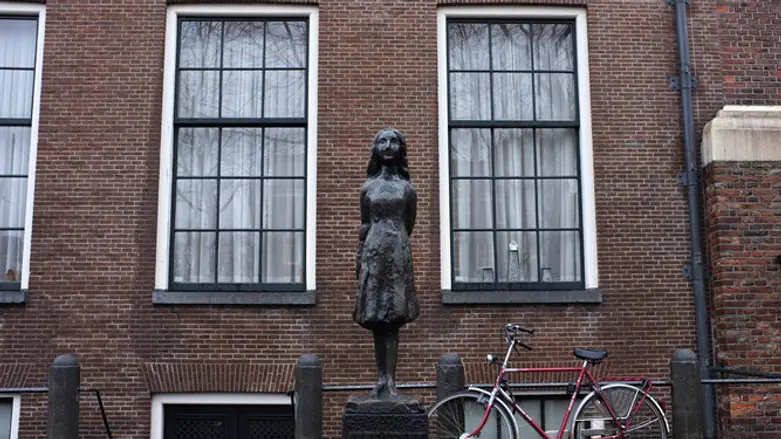
A commemorative tree grown from a cutting of the horse chestnut Anne Frank wrote about in her diary during World War II, has been vandalized on the French island of Corsica, prompting an investigation, prosecutors said Monday.
The damage to the tree, donated in 2010 to Corsica by the Anne Frank Museum in Amsterdam, was discovered early Sunday, just hours before an annual event was hosted on the Mediterranean island to remember the Holocaust.
Jewish teenager Frank found encouragement in a white horse chestnut tree she could see from a window in a concealed apartment on Amsterdam's Keizersgracht where she and her family hid from the Nazis for nearly two years.
On February 23, 1944, she wrote in her diary, now one of the world's most widely-read books: "The two of us looked out at the blue sky, the bare chestnut tree glistening with dew, the seagulls and other birds glinting with silver as they swooped through the air."
"We were so moved and entranced that we couldn't speak."
Anne Frank died in 1945 at the age of 15 at the Bergen-Belsen concentration camp in northern Germany.
The near 200-year-old tree, diseased and propped up with a steel frame, finally toppled in strong winds in 2010, but not before saplings were sent to recipients all over the world, including the village of Pianello in eastern Corsica.
Prosecutors from the nearby city of Bastia said Monday the tree trunk had been stripped of some of its bark, potentially threatening its survival.
An investigation has been opened into willful destruction of property.
Bastia prosecutor Caroline Tharot told AFP no one had claimed responsibility and the vandals had left no inscription. It was therefore impossible to say for certain that the act had an anti-Semitic objective, she
added.
The damage was done on the same day that Pianello hosted an annual day of debates, conferences and concerts in commemoration of the Holocaust, the massacre of some six million Jews at the hands of the Nazis.